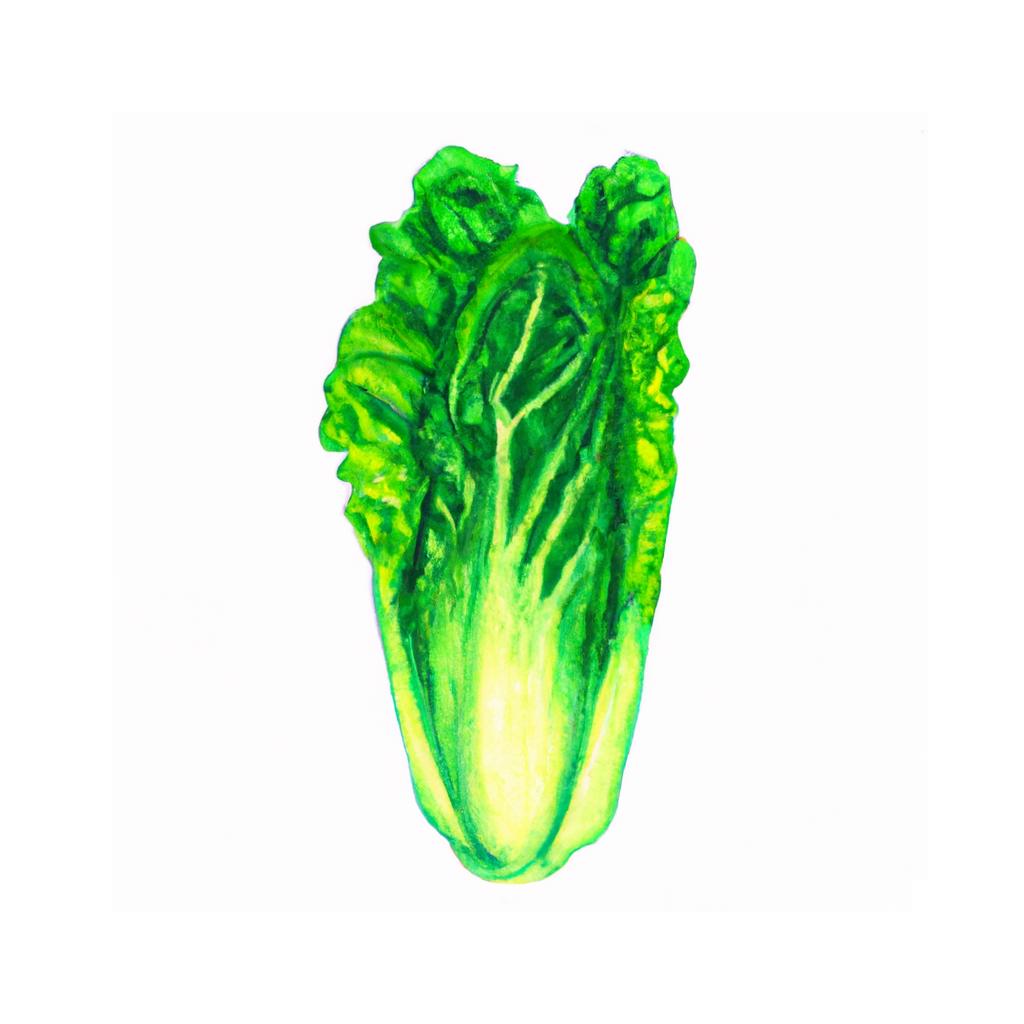
Chinese cabbage, also known as Napa cabbage or Brassica rapa subsp. pekinensis, is a leafy green vegetable that originated in China. It has been a staple in Chinese cuisine for thousands of years and is now grown and enjoyed around the world. The vegetable is characterized by its large, cylindrical shape with light green, tightly packed leaves and a mild, slightly sweet flavor.
The history of Chinese cabbage dates back to the 5th century, where it was first cultivated along the Yangtze River in China. It was introduced to Japan in the 8th century and later spread to other parts of Asia, including Korea. Chinese cabbage has gained popularity in the United States and Europe in recent decades due to its versatility and nutritional benefits.
Chinese cabbage is packed with nutrients and health benefits, making it a great addition to any garden. It is an excellent source of vitamins C, K, and A, and contains beneficial minerals such as calcium, potassium, and iron. Additionally, it is low in calories and high in fiber, making it a healthy choice for those looking to maintain or lose weight.
In terms of culinary uses, Chinese cabbage is a highly versatile ingredient that can be used in a variety of dishes. It is often used in Asian cuisine, including stir-fries, noodle dishes, and soups. It is the primary ingredient in the traditional Korean dish kimchi, where it is fermented with spices and other ingredients to create a flavorful, spicy condiment. Chinese cabbage can also be eaten raw in salads, used as a wrap for various fillings, or braised with meats and other vegetables for a savory and delicious side dish.
This is advice is most applicable to growers in the UK, you may need to adjust the timings if you live somewhere with a different climate and/or seasons.
| Month | Tasks | Advice |
|---|---|---|
| January | - | - |
| February | Start seeds indoors, | Sow Chinese Cabbage seeds indoors in seed trays or pots. Provide warmth and good light conditions to prevent legginess. |
| March | Start seeds indoors, | Continue sowing Chinese Cabbage seeds indoors if needed. Ensure proper light and temperature requirements are met. |
| April | Transplant seedlings outdoors, | Transplant Chinese Cabbage seedlings outdoors after hardening off, ensuring the soil is moist and fertile. Space plants about 30cm apart. |
| May | Hoe around plants, Water regularly, | Keep the area around Chinese Cabbage plants weed-free by hoeing gently. Water plants consistently, maintaining even soil moisture. |
| June | Harvest as required, | Begin harvesting outer leaves of Chinese Cabbage when they reach the desired size. Harvest the whole head when it feels firm to touch. |
| July | Harvest as required, | Continue harvesting Chinese Cabbage, picking outer leaves or whole heads as needed, ensuring not to let them over-mature and become tough. |
| August | Sow seeds outdoors, | Sow Chinese Cabbage seeds outdoors in a well-prepared seedbed. This will provide a late autumn harvest. |
| September | Thin seedlings, Water regularly, | Thin Chinese Cabbage seedlings sown in August to their final spacings of 30cm apart. Keep the soil consistently moist by watering regularly. |
| October | Harvest as required, | Harvest Chinese Cabbage planted in August, picking outer leaves or whole heads as needed. Remember to harvest the entire head before it becomes too mature. |
| November | Harvest as required, | Continue harvesting Chinese Cabbage as required. Ensure you harvest the remaining plants before the first hard frost sets in. |
| December | - | - |